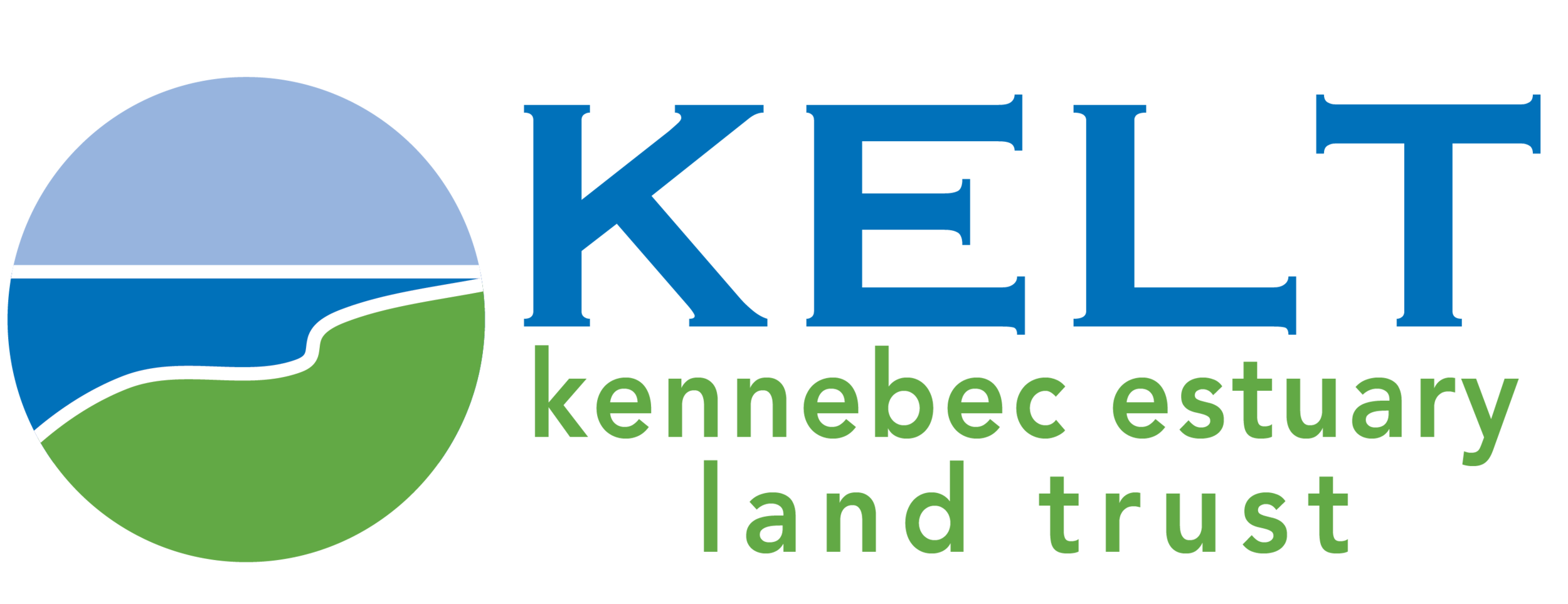Tracking Changes We See Today
You may see small changes in your backyard like the types of birds visiting your feeders or plants flowering earlier than they used to. Jack Witham, a forest scientist at Holt Research Forest in Arrowsic, has tracked the changes in the forest for 30+ years. Birds that were once rare, like the red-bellied woodpecker and tufted titmouse, now regularly visit the forest. Southern flying squirrels have taken up residence, replacing Maine’s native northern flying squirrel. These observations help us to understand how our natural communities are changing over time. KELT runs citizen science programs that train you to track changes by collecting information about local bird populations, invasive crabs, migrating fish, and water quality. Volunteers are welcome!
Additional Resources
Learn more about plant and animal species in Maine:
Species sensitive to environmental conditions whose health and populations indicate ecosystem well being.
List of invasive plant species in Maine with pictures, biology, and other information.
Learn about the the environmental impacts of the green crab, an invasive species, and KELT’s monitoring efforts.
Understand climate impacts on our water quality and fish:
Interactive map of Maine waterways, with fish spawning data, dam locations, and more.
Information about KELT’s Alewife counting program at the Nequasset Lake fish ladder in Woolwich.
Get involved with citizen science programs:
The iNaturalist mobile app allows you to document organisms, make observations, share and view data when in nature.
Observe and record seasonal changes in your natural community with this volunteer based program through the University of Maine.
Volunteer water quality sampling program monitoring temperature, dissolved oxygen, pH, and plankton in Georgetown and Phippsburg.

